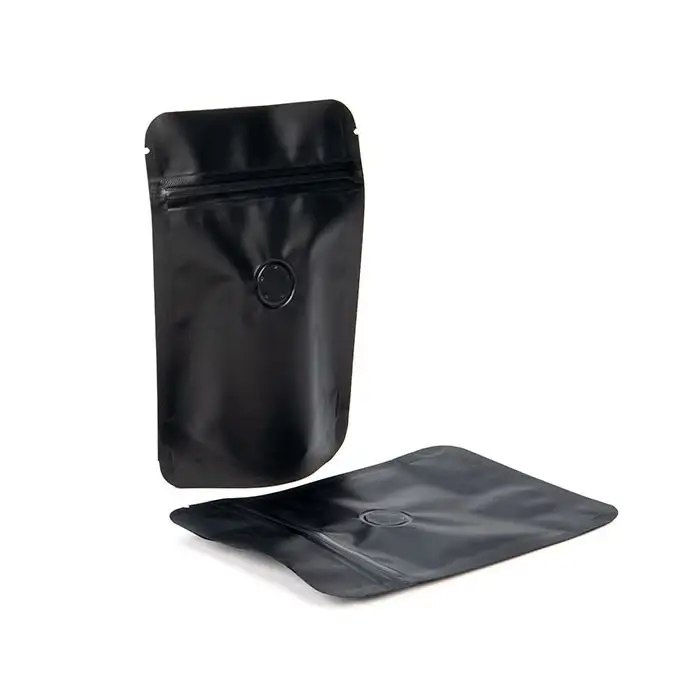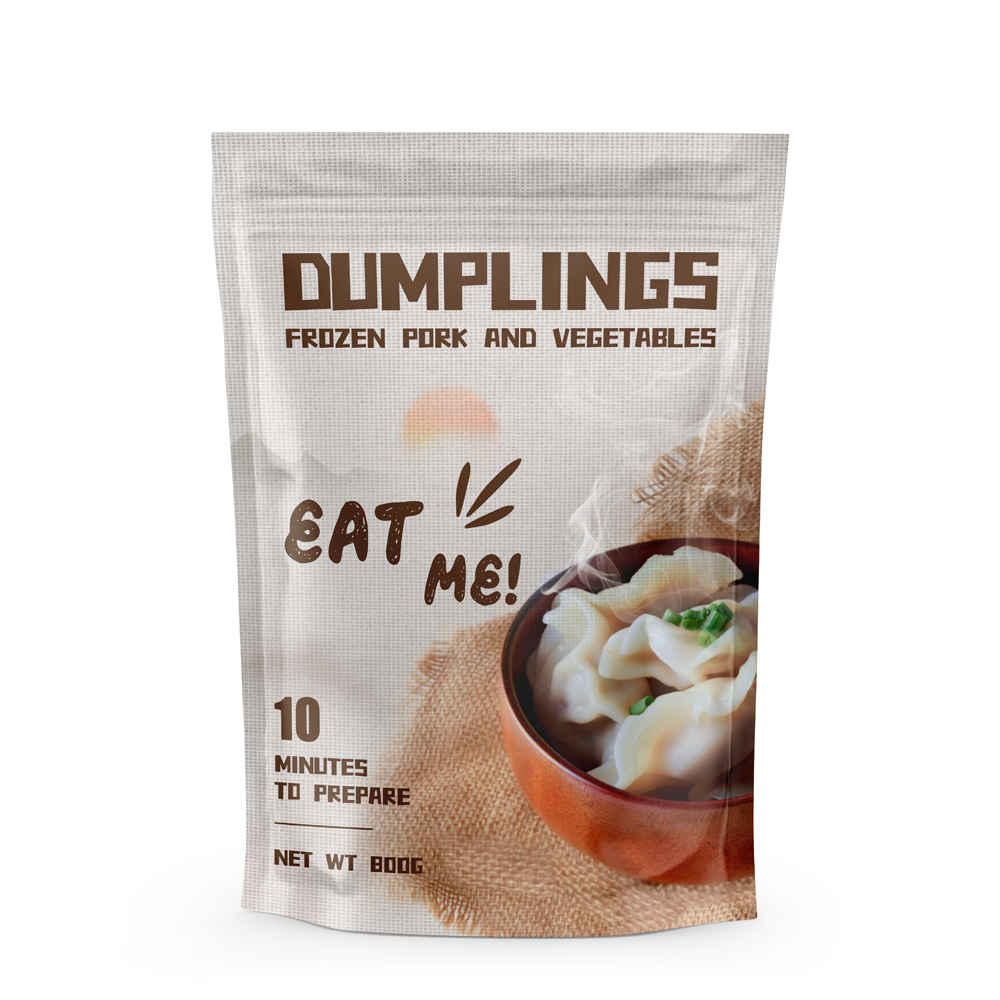When it comes to long-term food storage, Mylar bags have gained immense popularity due to their exceptional ability to protect food from moisture, oxygen, and light. These bags create an environment that helps preserve the nutritional value, flavor, and freshness of the food, making them ideal for emergency food supplies, bulk storage, and even everyday use. But how long will food last in Mylar bags? In this article, we will explore the factors that determine food shelf life in Mylar bags and provide an estimate of how long different types of food can be stored.

What Makes Mylar Bags Ideal for Food Storage?
Mylar bags are made from a combination of plastic and metalized polyester film, which makes them highly durable and resistant to air, light, and moisture. These qualities are essential for food preservation, as exposure to these elements can accelerate spoilage.
When paired with oxygen absorbers, Mylar bags create an oxygen-free environment, which helps prevent the growth of bacteria, mold, and pests. This is especially important for preserving dry goods like grains, beans, pasta, and dehydrated foods. The combination of Mylar bags and oxygen absorbers can extend the shelf life of food significantly, allowing it to stay fresh for years, even decades, when stored correctly.
Factors That Affect Shelf Life in Mylar Bags
The shelf life of food stored in Mylar bags depends on several factors:
- Type of Food: Different foods have varying storage lifespans. Dry foods like rice, wheat, and beans tend to last longer than foods with higher moisture content.
- Use of Oxygen Absorbers: Oxygen absorbers remove the oxygen from the bag, creating an anaerobic environment that helps prevent oxidation and the growth of harmful organisms. The size of the oxygen absorber used must be appropriate for the volume of the bag to be effective.
- Storage Conditions: Storing Mylar bags in a cool, dark, and dry environment can further extend the shelf life of the food. Avoid exposure to direct sunlight, heat, or humidity, as these conditions can degrade the packaging and the food inside.
- Seal Quality: Properly sealing the Mylar bag is crucial for maintaining an airtight environment. Using a heat sealer or an iron to ensure the bag is sealed correctly will help prevent air from entering and compromising the food’s freshness.
How Long Can Different Foods Last in Mylar Bags?
Here is an estimate of the shelf life for some common foods when stored in Mylar bags with oxygen absorbers:
- Rice: When stored properly in a Mylar bag with oxygen absorbers, white rice can last up to 30 years. Brown rice, due to its higher fat content, has a shorter shelf life, typically around 5-7 years.
- Wheat: Wheat berries stored in Mylar bags can last between 25-30 years, making them an excellent choice for long-term storage.
- Beans: Most types of beans, including black beans, kidney beans, and pinto beans, can last up to 30 years when stored in Mylar bags.
- Pasta: Dehydrated pasta can also last up to 25-30 years if stored correctly in Mylar bags with oxygen absorbers.
- Oats: Rolled oats or steel-cut oats can last around 20-30 years in Mylar bags, depending on the storage conditions.
- Powdered Milk: Non-fat powdered milk can last 10-15 years in Mylar bags, though it may lose some nutritional value over time.
- Dehydrated Vegetables: When stored in Mylar bags with oxygen absorbers, dehydrated vegetables can last up to 10-20 years, depending on the moisture content.
- Nuts and Seeds: These foods tend to have a higher fat content, which reduces their shelf life to about 1-2 years in Mylar bags, even with oxygen absorbers.
Best Practices for Storing Food in Mylar Bags
To maximize the shelf life of food stored in Mylar bags, it’s essential to follow these best practices:
- Prepping the Food: Ensure that the food is dry and free of moisture before storing it in the Mylar bag. Any moisture left in the food can lead to mold growth and spoilage.
- Using Appropriate-Sized Bags: Choose the right size of Mylar bag based on the amount of food you’re storing. This will help reduce excess air inside the bag and ensure the oxygen absorbers work effectively.
- Adding Oxygen Absorbers: The size of the oxygen absorber you use should match the size of the Mylar bag. Typically, a 300cc oxygen absorber is sufficient for a 1-gallon Mylar bag, while larger bags may require 1,000cc or more.
- Labeling: Label the Mylar bags with the contents and the date of storage. This will help you keep track of when the food was stored and give you a better idea of how long it has been in storage.
- Monitoring Storage Conditions: Keep the Mylar bags in a cool, dark, and dry environment. Optimal temperatures for food storage range between 40°F and 70°F. Avoid fluctuating temperatures and humidity, as they can compromise the integrity of the packaging.
- Check Seals: After sealing the Mylar bag, inspect it to make sure it is properly sealed and airtight. This will prevent any air or moisture from entering and extending the shelf life of the food.
Why Choose Mylar Bags for Food Storage?
Mylar bags offer a reliable and cost-effective solution for long-term food storage. Their ability to protect food from oxygen, moisture, and light makes them ideal for preserving a wide variety of foods. Whether you’re preparing for emergencies or simply storing bulk goods for future use, Mylar bags provide the durability and protection needed to keep your food fresh for decades.

Conclusion
The longevity of food stored in Mylar bags depends on the type of food, the use of oxygen absorbers, and the storage conditions. For many dry foods, you can expect a shelf life of 20 to 30 years, making Mylar bags an excellent choice for long-term food storage.
At Colorful Packaging, we offer a wide range of Mylar bags in different sizes and specifications to meet your food storage needs. Our high-quality Mylar bags, combined with oxygen absorbers, ensure that your food remains safe and fresh for extended periods. Learn more about our products at Colorful Packaging and make the right choice for your food storage today.


